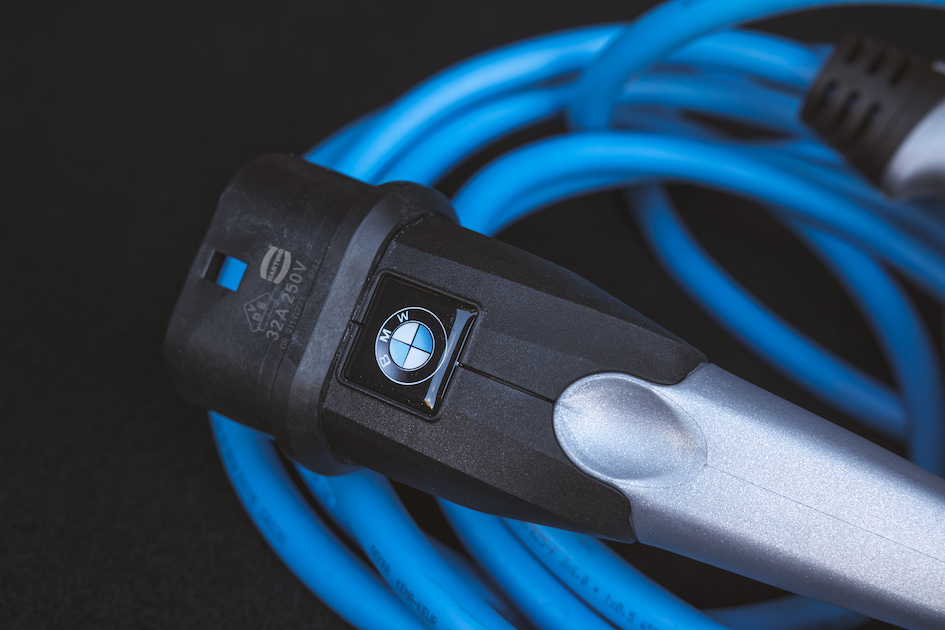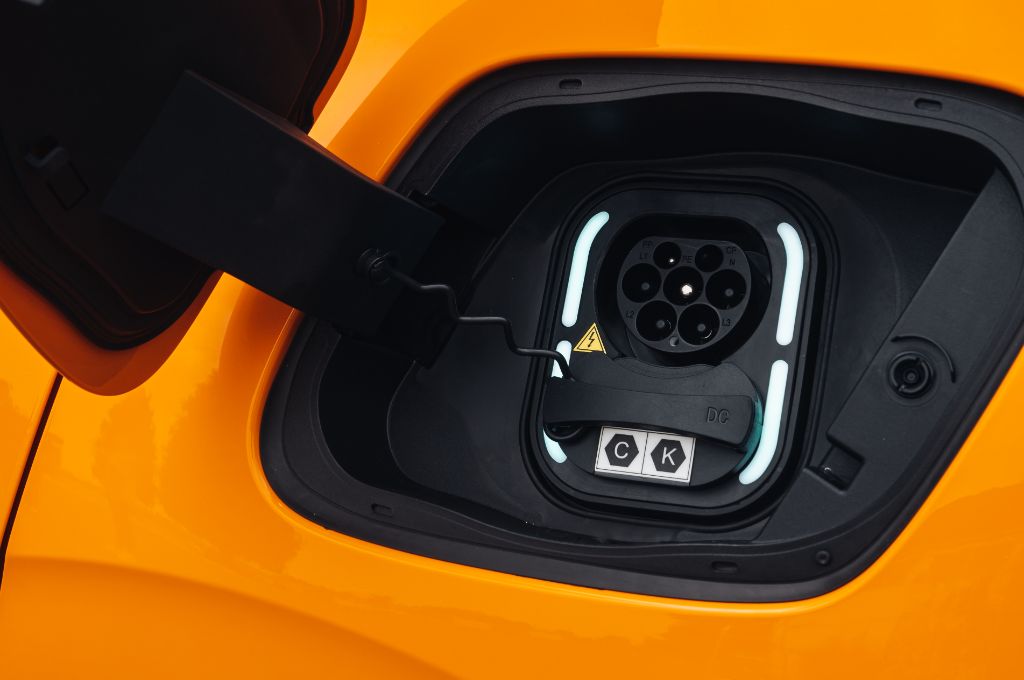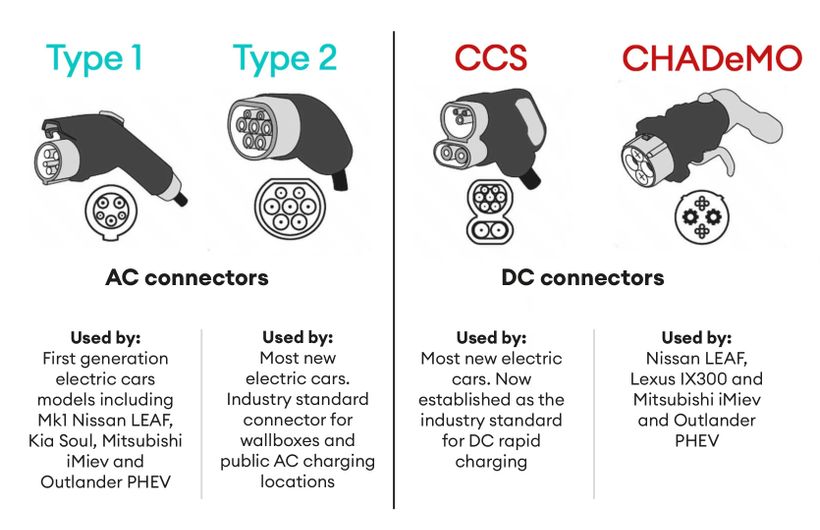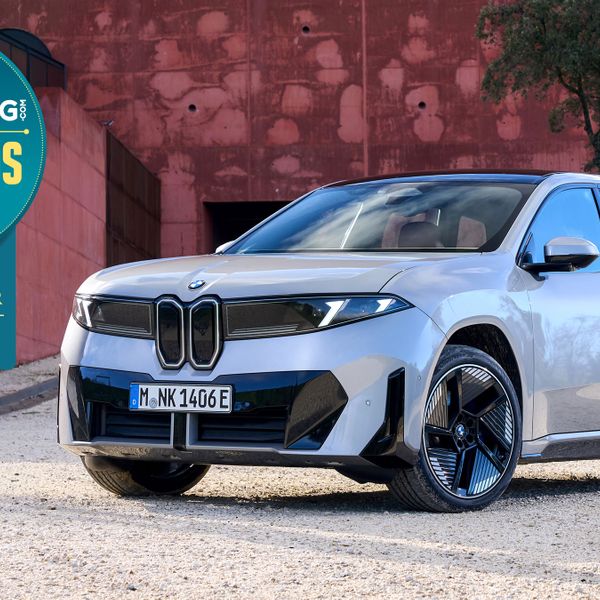What is a Type 2 electric car connector?
Let’s face it, electric plugs of any sort are pretty boring things, or at least, they are until you find you haven’t got the right one to hand. In the world of electric cars there’s a slightly baffling array of connectors in play, either to suit different types of charging or what could be thought of as legacy designs that have been around for a while but lost the battle of the standards to be replaced by something else. The Type 2 connector became the official standard for AC charging in the European Union in 2013.
What’s cool about the Type 2 connector, is that it can handle both the normal domestic, single-phase electricity supply as well as the industrial three-phase supply you normally only find in commercial premises. That means the same connector can be used on the trickle or “granny” slow charger that you plug into a 13 amp socket, a typical 7.2kW, 32 amp wall box or a 22kW three-phase AC fast charger. Type 2 connectors designed to plug into a domestic 13 amp supply are known as Mode 1, and those designed to connect to wall chargers, Mode 3. So you may, for example, see a cable advertised as “Mode 3, Type 2.”

What does a Type 2 connector look like?
Looking at a Type 2 connector end-on, you’ll see it is circular in shape with a flattened top so you don’t have to give a second thought to which way round it presents to the car. It’s found in both tethered and untethered form so for example, a wall charger my have a tethered cable permanently attached to it with a Type 2 connector on the end to connect to the car. On the other hand, a Type 2 cable often supplied with an electric car will have a male Type 2 connector on one end which plugs into the car, and a female connector on the other which connects to the charger. With one of those, you can plug into an untethered 7.2kW charger at home or say, a 22kW untethered fast charger when at work or out and about.
How does a Type 2 electric car connector work?
The Type 2 connector is a seven-pin design which seems a lot compared to the three pin plugs we use for domestic equipment, but each pin has a separate job to do. The two smaller pins are used for the car and charger to communicate so the car can tell the charger that it’s plugged in and can start delivering current, or to activate the Type 2 connector’s in-built locking mechanism which prevents it being disconnected until the car is unlocked. The centre pin is the protective earth, and the other four are for power, either carrying three-phase or single-phase current depending which kind of charger you are plugged in to.

The Type 2 connector also forms the basis of the hefty and oddly-shaped CCS (combined charging system) connector found on DC rapid chargers. As the name suggests, the CCS connector is made by “combining” a lozenge shape socket to the bottom of a Type 2 containing two large pins to carry the DC current. The four AC power pins are omitted leaving just three of the original Type 2 pins, the two data pins enabling the car and charger to chat to one another, and the protective earth. Incidentally, look closely at a Type 2 connector and you may notice the word “Mennekes” stamped onto the moulding. That’s the name of the company that originally proposed the Type 2 connection system back in 2009.

 The Type 2 connector is the official standard for AC charging in the EU
The Type 2 connector is the official standard for AC charging in the EU 









